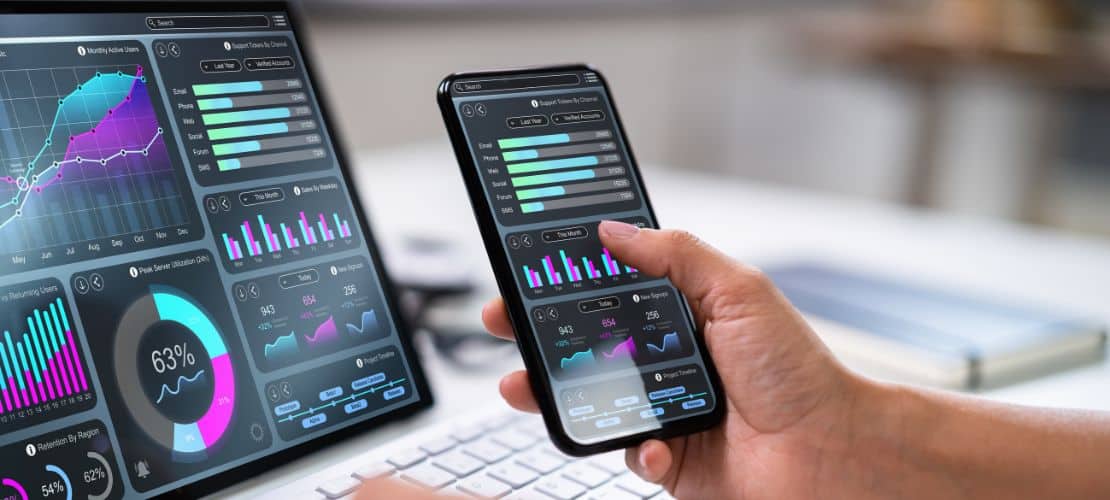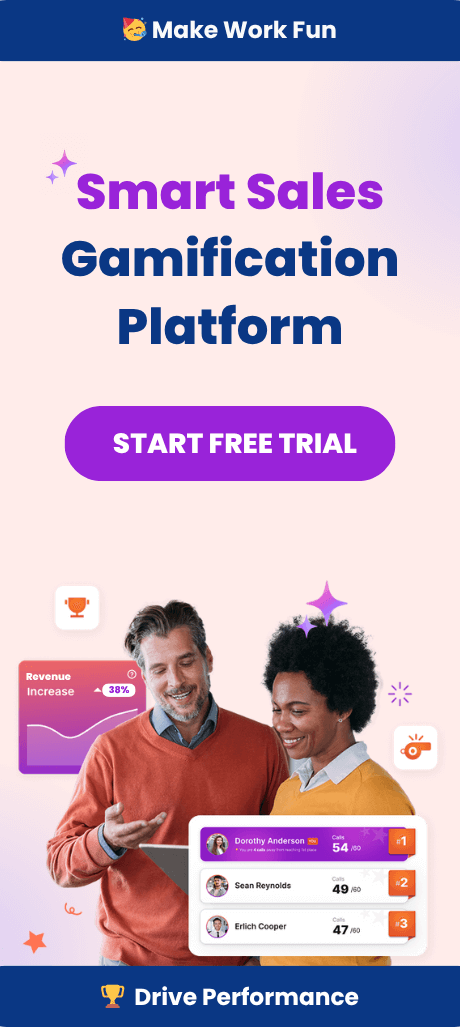What Is Sales KPIs Software?
Sales KPIs software is a tool designed to help businesses track, manage, and improve their key performance indicators across sales operations. At its core, this software centralizes performance data—such as leads contacted, deals closed, sales activities, conversion rates, and revenue—and presents it in a digestible format for both reps and leadership teams.
The primary advantage lies in visibility. Sales teams operate in fast-paced environments where decisions must be made quickly. Sales KPIs software ensures that no critical insights are buried in spreadsheets or siloed across departments. By offering real-time access to metrics, it enables agile strategy adjustments and promotes accountability at every level.
Moreover, modern KPI software goes beyond passive reporting. It integrates seamlessly with CRMs, automates updates, and often includes features like gamification, visual analytics, and alerts—turning it into a daily tool for motivation and alignment. Tools like Spinify are at the forefront, enhancing traditional dashboards with engaging, interactive experiences that keep sales reps focused and driven.
Understanding Sales KPIs
Sales KPIs (Key Performance Indicators) are essential metrics that help sales teams track progress toward their objectives and broader business goals. These indicators provide a clear picture of sales KPIs enabling teams to identify areas for improvement, optimize their sales process, and make data-driven decisions.
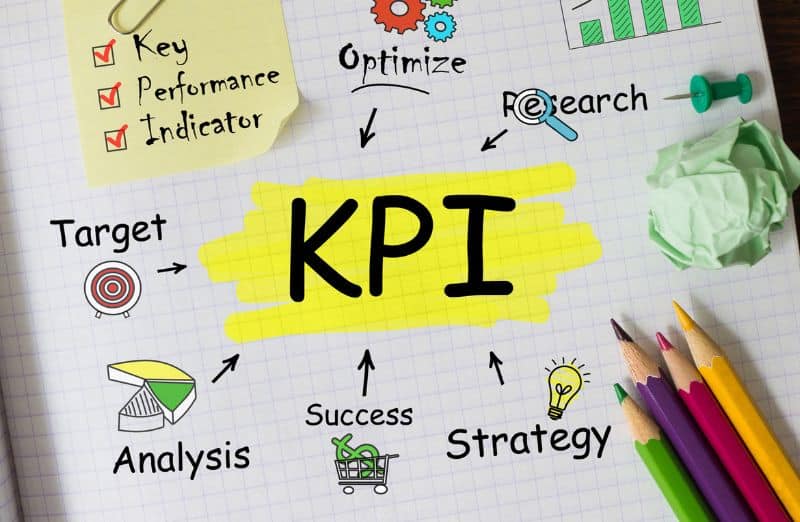
Sales KPIs can be categorized into two main types: activity-based and performance-based metrics. Activity-based metrics focus on the actions taken by sales reps, such as the number of sales calls made, emails sent, and demos conducted. These metrics help in understanding the level of effort and engagement from the sales team. On the other hand, performance-based metrics measure the outcomes of these activities, including sales revenue, conversion rates, and win rates. These metrics provide insights into the effectiveness of the sales process and the overall success in achieving sales targets.
By regularly monitoring and analyzing these KPIs, sales teams can ensure they are on the right track to meet their goals. This continuous evaluation helps in making informed decisions, adjusting strategies, and ultimately driving better sales performance. In a competitive market, leveraging sales KPIs is crucial for staying ahead and achieving sustained growth.
Sales Metrics vs. Sales KPIs
Sales metrics and sales KPIs are often used interchangeably, but they have distinct meanings and serve different purposes in the sales process. Sales metrics are quantifiable measures of sales performance, such as the number of sales calls made or the number of deals closed. These metrics provide a snapshot of the activities and efforts of the sales team.
Sales KPIs, on the other hand, are specific metrics that track progress toward strategic goals, such as increasing sales revenue or improving customer satisfaction. While sales metrics offer a view of the day-to-day activities, sales KPIs provide a deeper understanding of how these activities contribute to broader business objectives.
For sales teams, understanding the difference between sales metrics and sales KPIs is crucial. Sales managers can use sales metrics to track the performance of individual sales reps, ensuring that they are meeting their activity targets. However, to drive meaningful growth and improvement, it is essential to focus on sales KPIs that align with the company’s strategic goals.
For example, a sales team may track the following sales metrics:
- Number of sales calls made
- Number of deals closed
- Sales revenue
While these metrics provide valuable information, they do not offer a complete picture of sales performance. To gain deeper insights, the team may track the following sales KPIs:
- Customer acquisition cost (CAC)
- Customer lifetime value (CLV)
- Average purchase value (APV)
- Sales conversion rate
- Customer satisfaction (CSAT)
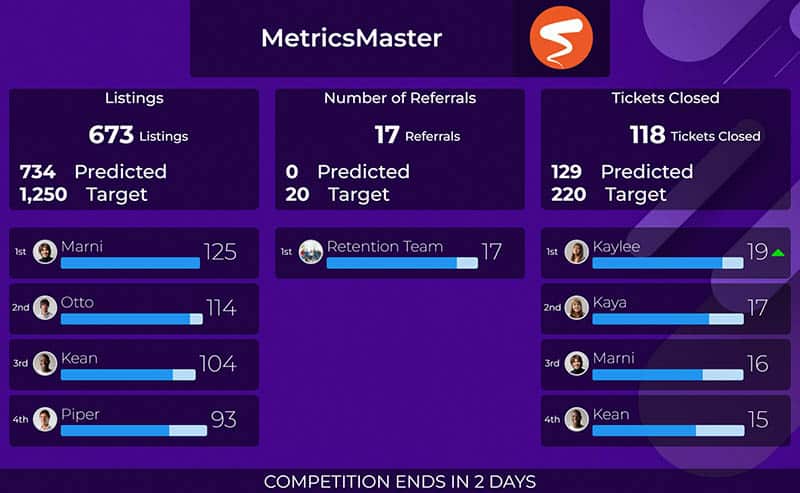
By focusing on these sales KPIs, sales teams can identify areas for improvement, optimize their sales process, and make data-driven decisions that drive growth and enhance customer satisfaction. This approach ensures that every action taken by the sales team contributes to achieving the company’s long-term objectives.
Why Sales KPIs Matter More Than Ever
In today’s market, where buyer behavior shifts rapidly and competition intensifies daily, Sales KPIs are more than performance markers—they’re strategic compass points. KPIs provide tangible insights into whether a team is on track to hit its goals, whether current strategies are effective, and where bottlenecks exist in the sales funnel.
With the shift to remote and hybrid workforces, leadership can no longer rely solely on observation or anecdotal reports. Sales KPIs bridge that gap, providing objective data that ensures every team member is aligned, regardless of location. Sales KPIs also enable the refinement of sales strategies to adapt to market changes and improve overall performance.
Top-performing organizations like Salesforce and HubSpot rely heavily on KPI data to inform decisions and optimize productivity. These companies demonstrate how strategic KPI usage can drive culture, performance, and innovation—all at once.
Common Challenges in Sales KPI Tracking
Tracking KPIs isn’t always straightforward. One common hurdle is data fragmentation. When performance data is scattered across multiple tools—emails, spreadsheets, CRMs—it’s difficult to maintain consistency and accuracy in sales processes.
Another challenge lies in the overload of metrics. Many sales teams fall into the trap of tracking too many KPIs, which can dilute focus and confuse reps. If reps don’t understand what success looks like, they’re unlikely to reach it.
Furthermore, without proper visualization, raw data becomes a burden rather than a benefit. A rep staring at a spreadsheet might miss key trends, while a manager might overlook underperformance until it’s too late.
Spinify addresses these issues with real-time, role-specific dashboards that turn data into action. By eliminating manual reporting and emphasizing visual cues, Spinify makes KPI tracking intuitive, motivating, and insightful.
The Shift Toward Data-Led Sales Culture
A data-led sales culture emphasizes metrics as the foundation of decisions, not as a retrospective review. This means using data proactively to guide conversations, influence coaching, and shape incentives.
This cultural shift has been propelled by the adoption of KPI software. Tools that provide instant access to performance trends help foster transparency and accountability, ensuring that reps and leaders are working from the same source of truth. This ensures that sales team performance is consistently monitored and improved.
Companies like Asana and LinkedIn have embraced data-led frameworks, implementing systems where KPIs are reviewed daily, not quarterly. This fosters a rhythm of improvement and helps teams adapt strategies quickly.
Spinify plays a key role in creating this culture by embedding KPIs into the daily work environment, making them visible and actionable without requiring extra effort.
Characteristics of Effective KPI Software
Not all KPI tools are created equal. The most effective sales KPI software exhibits several shared characteristics:
- Real-Time Updates: Stale data leads to delayed decisions. A good tool reflects current performance.
- Custom Dashboards: Users need the ability to personalize views based on roles, goals, and teams.
- Interactive Visuals: Bar charts, leaderboards, and heat maps turn raw numbers into intuitive narratives.
- Seamless Integration: CRM and sales tools must connect without complex setup.
- Engagement Features: Gamification, recognition alerts, and progress tracking enhance adoption.
Spinify excels by ticking every box. Its intuitive interface and real-time feedback loops make it an essential daily companion for reps and a strategic tool for managers.

Aligning Software with Business Objectives
For sales KPI software to be truly effective, it must be aligned with broader business objectives—not just track vanity metrics. It’s one thing to know how many calls a rep makes, but it’s far more valuable to understand how those calls contribute to revenue goals, customer retention, or market expansion.
This alignment requires a deep understanding of company strategy. Sales leaders need to map departmental KPIs to high-level objectives, such as increasing monthly recurring revenue or entering new market segments. When done right, KPI software becomes a strategic bridge, translating big-picture goals into daily sales actions.
Spinify enables this alignment by allowing teams to link dashboards to specific objectives. Whether you’re targeting net-new growth, upsell success, or customer satisfaction improvements, you can build performance frameworks that show how every action contributes to the mission.
KPIs That Actually Drive Revenue
Not all KPIs are created equal. While activity metrics (like call volume or email sends) provide helpful context, they don’t always tell the whole story. Revenue-driving KPIs—those that directly correlate with financial outcomes—are the true North Star for high-performing sales teams.
Examples include:
- Sales velocity: How quickly deals move through the pipeline.
- Average deal size: Tied directly to pricing and upsell effectiveness.
- Win rate per opportunity stage: Shows where deals are won or lost.
- Customer acquisition cost (CAC): Reflects marketing and sales efficiency.
- Average sales: Helps in understanding sales cycles and setting realistic targets.
Spinify helps teams prioritize these powerful KPIs with customizable dashboards that spotlight meaningful metrics. This approach keeps teams focused on outcomes, not just output.
How Spinify Enhances Sales KPI Visibility
Spinify transforms how sales teams view their performance by making data both accessible and inspiring. Unlike traditional tools that rely on passive reporting, Spinify brings KPI data to life with real-time visualizations, alerts, and gamified elements.
A rep doesn’t just know they’ve booked five demos—they see themselves climbing a leaderboard, hear a victory sound when a goal is hit, and get congratulated by peers in real time, all while tracking their progress through the sales pipeline. These moments drive engagement and reinforce performance behaviors.
For managers, Spinify offers detailed views of individual and team progress. Whether it’s spotting a drop in activity before it impacts revenue or identifying who deserves recognition, the platform equips leaders with the insights they need—when they need them.
Real-Time Reporting for Sales Performance
Real-time reporting isn’t just a feature—it’s a competitive advantage. In traditional reporting systems, teams rely on weekly or monthly reviews to diagnose problems. By then, it’s often too late to course-correct.
With real-time KPI visibility, Spinify allows sales teams to make decisions on the fly. If a rep’s call activity dips suddenly, their manager can step in with support today, not at the end of the month. If a team hits 75% of their quota mid-cycle, incentives can be restructured to push them past 100%.
This immediacy leads to a more agile, responsive sales culture. And in a world where every interaction counts, agility is everything.
Customizing Dashboards for Every Role
Different sales roles need different KPIs. An SDR tracking outreach needs very different metrics from an AE managing pipeline or a Customer Success Manager monitoring churn.
Generic dashboards create confusion. That’s why the best KPI software—like Spinify—lets users customize dashboards by role, territory, or even experience level, ensuring that each sales rep sees only what’s relevant. This ensures every team member sees only what’s relevant, which improves focus and reduces cognitive load.
More importantly, it enables meaningful conversations. When a rep can clearly see their personal goals, blockers, and progress, 1:1s with managers become coaching sessions—not status updates.
Leveraging Visual Analytics to Motivate Reps
Humans are visual by nature. Numbers in a spreadsheet don’t inspire action—but a dynamic dashboard that visually tracks progress, growth, and achievement? That’s another story.
Visual analytics transform raw sales data into intuitive, easy-to-understand graphics. Reps can see exactly where they stand on key metrics like quota attainment or sales velocity. Progress bars, charts, and badges help reps internalize their goals and engage with them emotionally.
Spinify supercharges this approach with elements like animations, achievement celebrations, and performance color coding. It’s not just about reading data—it’s about feeling it. And when reps feel connected to their progress, performance skyrockets.
Integrating KPIs Into Daily Sales Routines
The most powerful KPIs are the ones reps interact with daily—not just during end-of-month reviews. KPI software should integrate seamlessly into the sales routine, surfacing insights exactly when and where they’re needed.
Whether it’s a Slack notification when a milestone is hit, a CRM update that triggers a leaderboard shift, or a screen in the office showing team performance in real time, these small touches build awareness and drive behavior.
Spinify excels here by embedding KPI data directly into the tools and routines your team already uses. It’s frictionless, which means better adoption and greater impact.
The Role of Leaderboards in Sales KPI Growth
Leaderboards are more than a competitive gimmick—they’re a powerful motivational tool when used correctly. They offer visibility, recognition, and a clear benchmark for success.
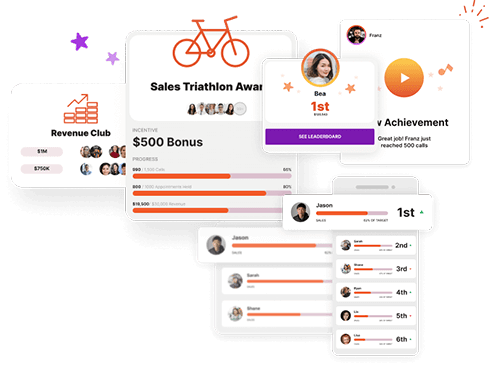
A well-designed leaderboard doesn’t just reward the top 1%. With Spinify, leaderboards can spotlight improvement, consistency, or even creativity. For example, a leaderboard could show who increased demo bookings the most this week—even if they’re not the top seller overall.
These micro-recognitions fuel motivation across the team and create a culture where growth is celebrated. Plus, they add a layer of friendly competition that keeps everyone sharp and focused.
Forecasting Accuracy Through Better KPIs
Accurate forecasting is the holy grail of sales management. Yet many leaders still rely on gut instinct and delayed reports. That’s a recipe for surprises—and not the good kind.
When KPI software tracks every critical data point in real time, forecasting becomes a data-driven process. Sales managers can view conversion rates by funnel stage, time-to-close averages, and deal velocity—all of which inform more reliable predictions.
Spinify’s historical tracking capabilities allow leaders to compare current performance to past benchmarks. If a team’s Q2 pipeline is 20% smaller than Q1’s, you’ll know weeks in advance—and you can take corrective action before it’s too late.
Automating Feedback with Sales KPI Software
One of the most underrated benefits of sales KPI software is automation—especially when it comes to feedback. Manually tracking every rep’s performance and delivering real-time feedback is a logistical nightmare for managers. With automation, it becomes effortless.
Spinify takes care of the heavy lifting by delivering automated nudges, alerts, and rewards when key metrics are hit—or missed. For example, if a rep books five demos in a day, Spinify can immediately trigger a celebration notification and update the leaderboard. Conversely, if a target hasn’t been touched by midweek, it can send a private reminder or suggestion. For an additional way to boost motivation, learn how to create Prize Wheels to reward your team effectively.
This timely, relevant feedback loop helps sales reps stay on track without feeling micromanaged. It creates a rhythm of accountability and support, freeing up sales leaders to focus on high-impact coaching and strategy.
Behavior-Based Metrics vs Outcome-Based KPIs
It’s easy to fixate on outcomes—deals closed, revenue generated, quotas met. But great sales leadership digs deeper. Behind every win is a series of behaviors: calls made, emails sent, demos delivered, and follow-ups logged.
The most effective KPI strategies track both behaviors and outcomes. This dual-layer view lets managers identify skill gaps, refine processes, and reward progress—not just final results.
Spinify allows teams to build dashboards that reflect this holistic view. A rep may not have hit their revenue target this week, but if they improved their call-to-meeting ratio by 20%, that’s a win. Recognizing that creates a culture of development, not just pressure.
How Gamification Boosts Sales KPIs
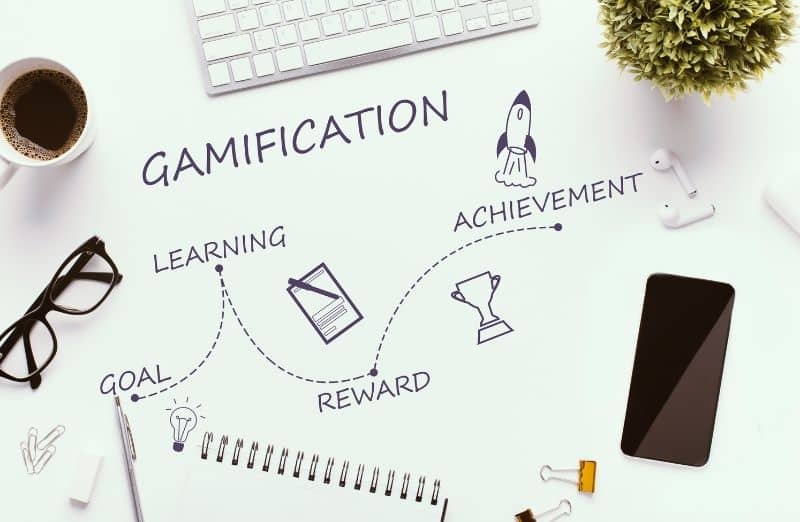
Gamification isn’t just fun—it’s functional. When applied strategically, it increases motivation, performance, and employee engagement. Spinify has mastered the art of gamifying sales data, turning everyday tasks into exciting challenges.
From progress badges and digital trophies to live competitions and celebration music, these game-like elements create a sense of achievement and urgency. Reps strive to beat their personal bests, not just company quotas.
Research supports the impact—studies by TalentLMS found that 83% of employees feel more motivated when gamified tools are used. By adding emotional triggers to logical metrics, gamification makes KPIs meaningful, not mechanical.
Coaching Sales Managers with KPI-Driven Insights
Sales coaching is most effective when it’s backed by data. Rather than relying on gut instinct or subjective assessments, managers can use KPI dashboards to guide every 1:1 conversation.
With Spinify, coaching becomes proactive. If a rep’s win rate is solid but their pipeline volume is lagging, the manager knows to focus on top-of-funnel activities. If outreach volume is high but meetings aren’t converting, the script or pitch might need refinement.
This precision ensures that coaching is tailored and time-efficient. Reps walk away from sessions with clarity, not confusion—and performance improves accordingly.
Tracking Micro-Wins to Build Momentum
In sales, big wins don’t happen every day. But micro-wins? Those are everywhere—and they’re crucial to sustaining morale and momentum.
Micro-wins might include booking a tough meeting, handling an objection like a pro, or improving call-to-close ratios. These victories often go unnoticed in traditional reporting, but KPI software like Spinify makes them visible and celebrated.
By recognizing progress—not just perfection—you build a growth-oriented culture. Reps stay motivated, feel valued, and are more likely to push through tough periods. It’s a small change that drives big results.
The Impact of Recognition on KPI Improvement
Recognition is more than a feel-good moment—it’s a high-impact driver of performance. When team members feel seen and celebrated for their achievements, they’re more likely to repeat those winning behaviors.
In fact, companies with formal recognition programs have 31% lower turnover rates and higher productivity, according to a Gallup study. Spinify embraces this principle by making recognition a baked-in feature of its KPI dashboards.
Whether it’s a spontaneous celebration sound when a rep hits 100% of quota, or a company-wide shoutout when someone achieves a record-breaking month, the platform ensures that great work doesn’t go unnoticed. Recognition becomes immediate, personalized, and motivational—three traits that elevate performance across the board.
Using AI to Predict and Improve KPI Trends
Artificial Intelligence is transforming how businesses handle data—and sales KPIs are no exception. Predictive analytics powered by AI can uncover hidden patterns, suggest next-best actions, and even forecast future performance with remarkable accuracy.
Spinify is beginning to explore this space by layering intelligent recommendations onto real-time metrics. For instance, if AI notices that win rates drop sharply after the third follow-up, it might recommend changing the sales cadence. If historical data shows a rep struggling at a specific funnel stage, it can suggest tailored training.
By leveraging machine learning, sales teams can evolve from reactive to proactive—addressing problems before they escalate and doubling down on what works, all backed by data.
Optimizing Sales Cadences with Sales Pipeline KPI Data
A well-structured cadence—the rhythm of outreach via calls, emails, and meetings—is key to converting leads. But finding the “just right” frequency and timing often takes guesswork, unless you’re using sales KPIs.
With KPI software like Spinify, teams can track which cadences lead to conversions and which fall flat. For example, you might find that deals move faster when there’s a follow-up within 24 hours, or that a sequence with three touchpoints over five days has the highest reply rate.
Armed with this insight, managers can fine-tune templates and outreach strategies to fit the data—not assumptions. And when cadences align with buyer behavior, results follow fast.
Overcoming Data Overload in KPI Software
It’s ironic but true: the more data you have, the harder it is to act on. Many teams suffer from KPI overload—too many dashboards, too many numbers, not enough clarity.
That’s why simplification is key. Spinify helps teams overcome data overwhelm by prioritizing relevance. With custom views for each role and smart filters to highlight only the most important metrics, every user sees what they need—nothing more, nothing less.
Plus, visual cues and intuitive layouts prevent information fatigue. Instead of drowning in data, reps and managers can focus on insights and actions that move the needle.
Key Integrations That Supercharge Sales KPIs
Even the most powerful KPI software can fall short if it operates in isolation. Integrations are what bring data to life—by pulling in performance metrics from CRMs, email platforms, dialers, and productivity tools.
Spinify offers integrations with Salesforce, HubSpot, Microsoft Teams, Slack, and more—ensuring that every data point reflects the real work being done. These integrations eliminate manual entry, reduce human error, and keep the data stream flowing.
For example, every time a deal is updated in Salesforce, Spinify updates the leaderboard. When a task is completed in HubSpot, it contributes to the rep’s goal progress. It’s seamless, automatic, and always up-to-date.
Creating KPI Benchmarks for Performance Reviews
Benchmarks provide essential context for interpreting KPIs. Without them, it’s difficult to assess whether someone’s performance is good, average, or needs improvement. Sales KPI software that includes benchmarking capabilities gives leaders a powerful tool for more objective and meaningful reviews.
With Spinify, you can create custom benchmarks based on past performance, team averages, or industry standards. For instance, if your average conversion rate is 18%, a rep consistently hitting 22% is clearly exceeding expectations—and should be recognized accordingly.
These benchmarks are especially useful during performance reviews, where they provide data-backed assessments and eliminate ambiguity. They also help set future goals that are realistic yet challenging, keeping reps focused and motivated.
KPI Visibility Across Remote and Hybrid Sales Team Performance
The rise of remote and hybrid work has created visibility challenges for sales leaders. Without in-person cues or spontaneous check-ins, it’s hard to know what reps are working on—or how they’re performing.
That’s where KPI software like Spinify becomes invaluable. It levels the playing field by giving everyone, regardless of location, access to the same performance insights. Whether a rep is in the office, at home, or on the road, their progress is tracked, visible, and acknowledged.
This kind of transparency builds trust and reduces friction. It also empowers reps to self-manage, since they can see exactly where they stand in relation to goals and peers. The result? A more unified, aligned, and productive sales force.
Encouraging Ownership Through KPI Transparency
When sales reps can see their KPIs in real time, something powerful happens—they take ownership. They don’t need to wait for their manager to call out a win or flag an issue. The dashboard tells them everything they need to know.
Transparency removes ambiguity. It creates a performance-focused culture where expectations are clear, results are visible, and accountability is shared. Spinify fosters this environment by making KPI tracking not only accessible but engaging.
With features like personal progress dashboards, gamified milestones, and self-comparison tools, reps are encouraged to take initiative and improve continuously. And when reps feel ownership over their numbers, they tend to exceed them.
From Reports to Action: Driving Decisions with KPIs
Collecting data is only half the battle—acting on it is where the real value lies. Sales KPI software should do more than visualize performance; it should drive daily decisions.
Spinify closes the loop between data and action. Leaders use it to identify coaching opportunities, optimize team structure, and refine strategies. Reps use it to manage their time, adjust their outreach, and double down on what works.
For example, if a dashboard shows that demo-to-close rates are falling, a sales leader might decide to run a product training. If it shows that a rep is close to a stretch goal, they might offer a tailored incentive. The point is: data fuels direction—and Spinify makes the process frictionless.
Let Spinify Elevate Your Sales KPIs
Sales KPI software is more than just a reporting tool—it’s a strategic engine for performance, motivation, and growth. From enhancing visibility and accountability to unlocking predictive insights, the right platform can transform your team from reactive to results-driven.
Spinify delivers this transformation with gamification, real-time feedback, deep integrations, and intuitive design. It empowers reps, sharpens leadership, and turns KPIs into culture.
🚀 Want to see Spinify in action? Book your free demo now and start building a smarter, more motivated sales team today.
